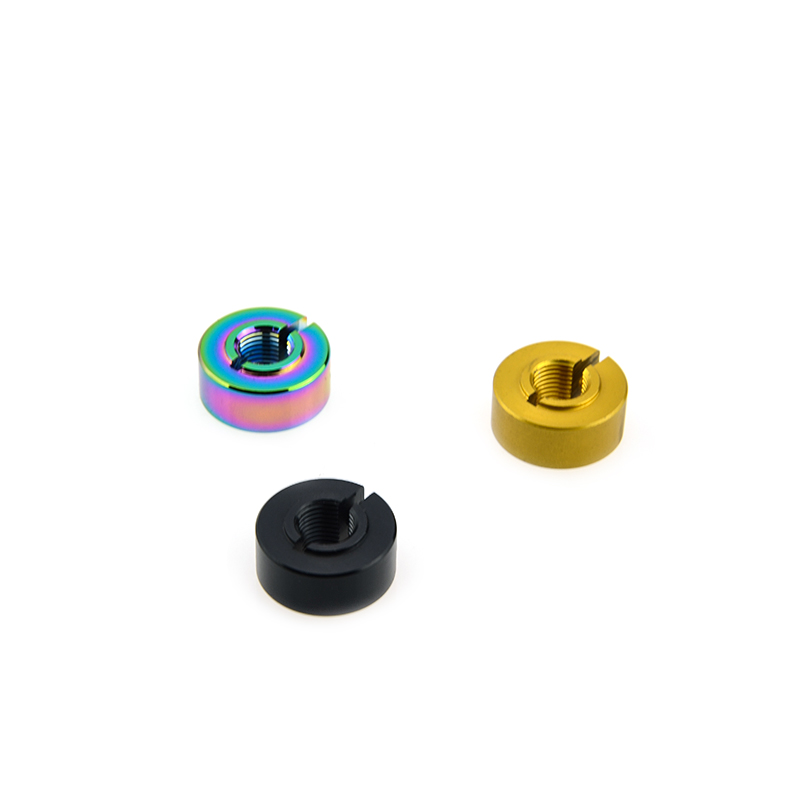optical shaft fixed ring clamping Shaft Collars are widely used components in mechanical equipment, and their material selection and heat treatment techniques directly affect their performance and lifespan. The following will provide a detailed introduction to the material selection and heat treatment techniques for open shaft rings.

Material selection principles
Bearing capacity: When selecting an open collar, the first consideration should be its bearing capacity. High strength alloy steel, stainless steel, and other materials are usually chosen to ensure the strength and load-bearing capacity of the open collar.
Operating flexibility: Choosing materials with good operating flexibility, such as cold-rolled steel plates, aluminum alloys, etc., can improve the operating flexibility of the open collar, reduce friction and wear.
Corrosion resistance: For open shaft rings with harsh operating environments, selecting materials with strong corrosion resistance, such as stainless steel, special alloy steel, etc., can improve their corrosion resistance.
Cost considerations: On the premise of meeting performance and lifespan requirements, lower cost materials can be selected to improve the economic benefits of mechanical equipment.
Heat treatment techniques
Annealing: Annealing is the first step of heat treatment. Place the open shaft ring into an annealing furnace, slowly heat it to the appropriate temperature, hold it for a certain time, and then slowly cool it to eliminate stress and improve the metallographic structure.
Quenching: quenching is a Committed step to improve the hardness and wear resistance of the split collar. The annealed split collar is quickly heated to the appropriate temperature, and then cooled rapidly to obtain Martensite structure and improve its hardness and wear resistance.
Tempering: tempering is a Committed step to stabilize the hardness and dimensional accuracy of the split collar. Place the quenched split shaft ring into the tempering furnace again, slowly heat it to the appropriate temperature, maintain it for a certain time, and then slowly cool it to stabilize the hardness and dimensional accuracy of the split shaft ring.
Carburization or nitriding: For open collars that require high wear resistance, carburization or nitriding treatment can be carried out. During the carburization or nitriding process, the open collar is placed in a medium containing carbon or nitrogen, heated to an appropriate temperature, and held for a certain period of time to increase the surface carbon or nitrogen content and improve its wear resistance.
Surface treatment: For open shaft rings that require high corrosion resistance and wear resistance, surface treatment can be carried out, such as spraying, chrome plating, etc., to increase their corrosion resistance and wear resistance.
In summary, when selecting and heat treating open collars, appropriate materials and heat treatment processes should be selected based on the usage environment and performance requirements, and the heat treatment temperature and time should be strictly controlled to ensure their performance and lifespan. At the same time, regular maintenance and upkeep of the open collar is also an important measure to ensure long-term stable operation of the equipment.